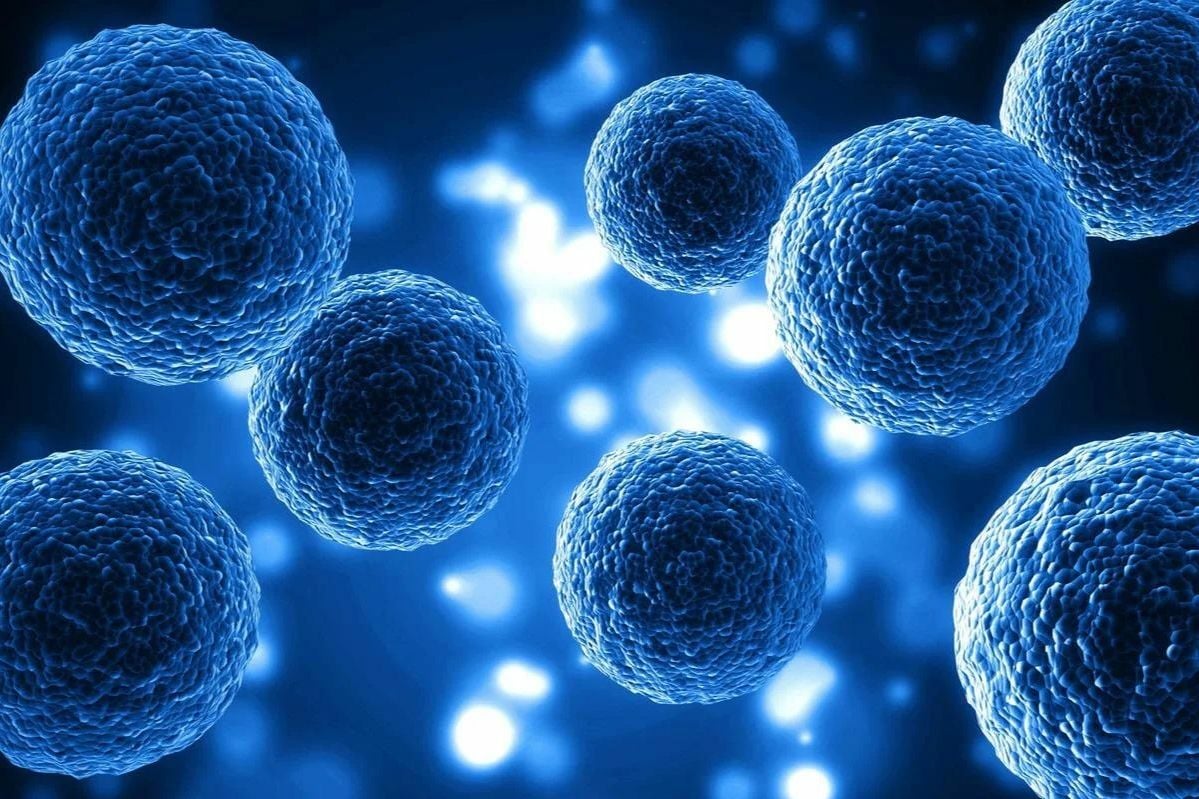New research raises concerns about anti-ageing therapies

In our endless pursuit of youth and vitality, anti-ageing treatments have become increasingly popular. But could these treatments, intended to turn back the clock, actually be doing more harm than good? Recent research suggests that this might indeed be the case.
The role of senescence: More than just ageing
At the heart of this debate is the concept of senescence. Senescent cells, often blamed for ageing, play a far more complex role in our bodies than previously thought. These cells, which stop dividing and enter a state of permanent growth arrest, have been targeted by many rejuvenation therapies. However, according to Professor Joao Pedro de Magalhaes from the University of Birmingham, this approach might be too simplistic.
The benefits of senescent cells
Senescent cells are not merely the villains of ageing. They have crucial physiological roles:
- Wound healing and inflammation: These cells help in repairing tissues by controlling inflammation.
- Tumour suppression: They play a role in preventing the uncontrolled cell growth that leads to cancer.
- Insulin secretion: In the pancreas, senescent cells assist in regulating blood sugar levels.
- Structural roles: They are vital in maintaining the health of blood vessels and the placenta.
Professor de Magalhaes emphasises that eliminating these cells could disrupt these essential functions, potentially leading to adverse health outcomes.

The rise of anti-senescence therapies
Many wellness clinics have started offering treatments like IV drips of anti-senescent or specific dietary protocols aimed at reducing cellular senescence. The idea is to remove or neutralise senescent cells to slow down ageing. However, this approach might be short-sighted and potentially harmful.
The complexity of cellular senescence
Cellular senescence is not a straightforward process. It involves a complex interplay of various cells and mechanisms. For instance:
- Tumour suppression and ageing: While senescent cells contribute to ageing, they also play a critical role in stopping cancer growth.
- Wound healing and tissue repair: These cells help in the healing process by promoting tissue repair and regeneration.
- Vascular health: In the vascular system, senescent cells help maintain the integrity of blood vessels.
Removing these cells indiscriminately could disrupt these processes, leading to unforeseen health issues.
The risks of targeting senescent cells
Research has shown that targeting senescent cells without understanding their full role can have detrimental effects. For example, in mice, the removal of senescent cells from the liver led to problems in blood-tissue barriers and caused the buildup of harmful waste in tissues. This led to fibrosis and health deterioration.
Similarly, in the lungs, senescent cells play a role in maintaining the integrity of the epithelial barrier and responding to inflammation. Eliminating these cells in young mice disrupted lung development, highlighting their importance in normal physiological functions.
The need for precision in anti-ageing therapies
Given the dual nature of senescent cells, it’s clear that any anti-ageing therapy needs to be highly targeted and precise. Broadly eliminating senescent cells might do more harm than good. Instead, future therapies should aim to modulate the function of these cells rather than removing them entirely.

The future of anti-ageing research
The research into senescent cells is still evolving. Current studies indicate that while some senescent cells contribute to age-related diseases, others play vital roles in maintaining health and facilitating healing. More research is needed to differentiate between harmful and beneficial senescent cells.
Projects like the Cellular Senescence Network (SenNet) aim to identify and classify different types of senescent cells, which could lead to more nuanced and effective anti-ageing treatments in the future.
A balanced approach to anti-ageing
The desire to combat ageing is natural, but our approach must be informed by a deep understanding of the underlying biological processes. Rather than rushing to eliminate senescent cells, we should focus on developing therapies that can balance their beneficial and detrimental effects. By doing so, we can ensure that our quest for youth does not inadvertently compromise our health.
If you are seeking the best and safest anti-ageing protocols, contact MyMediTravel, the only medical concierge that focuses on ethical and well-researched treatment protocols.
Latest Thailand News
Follow The Thaiger on Google News:


























